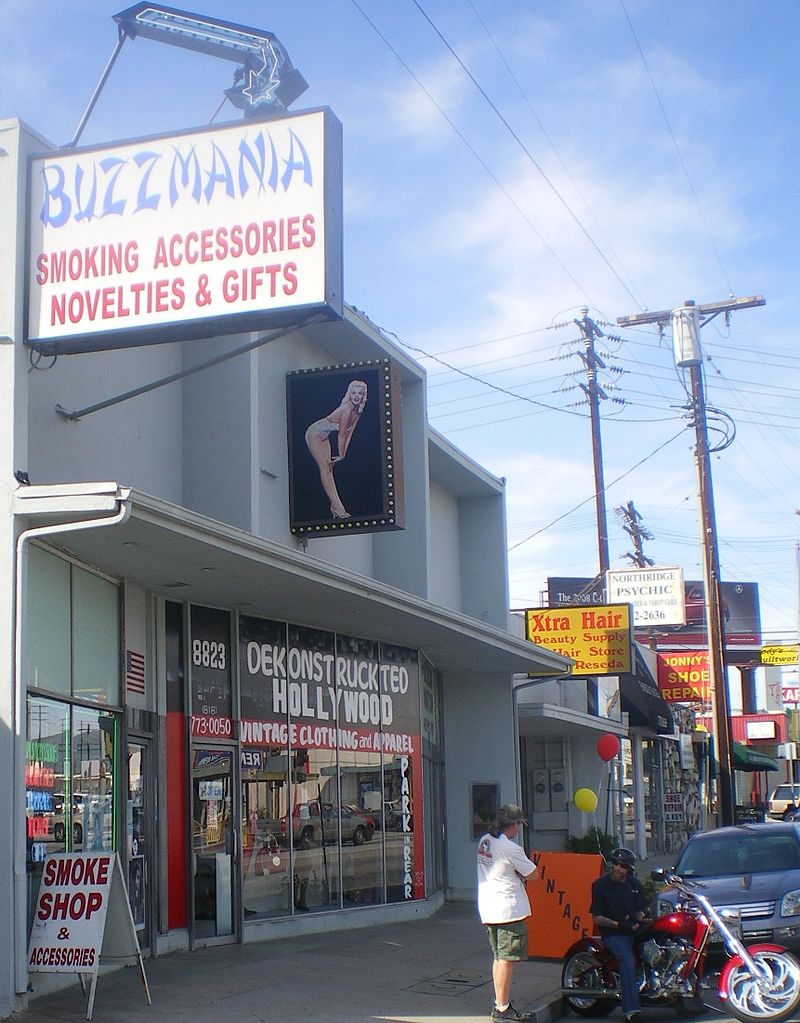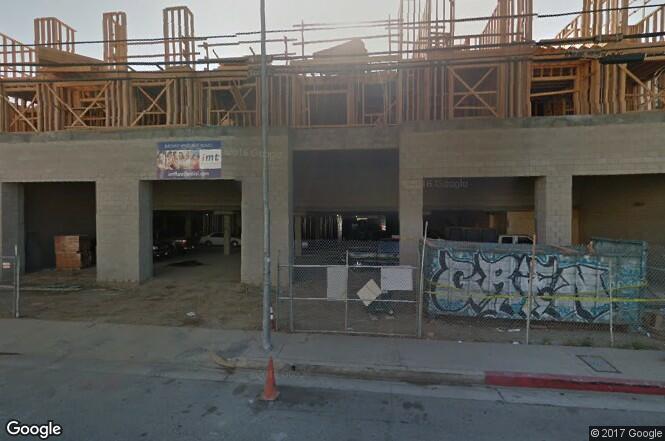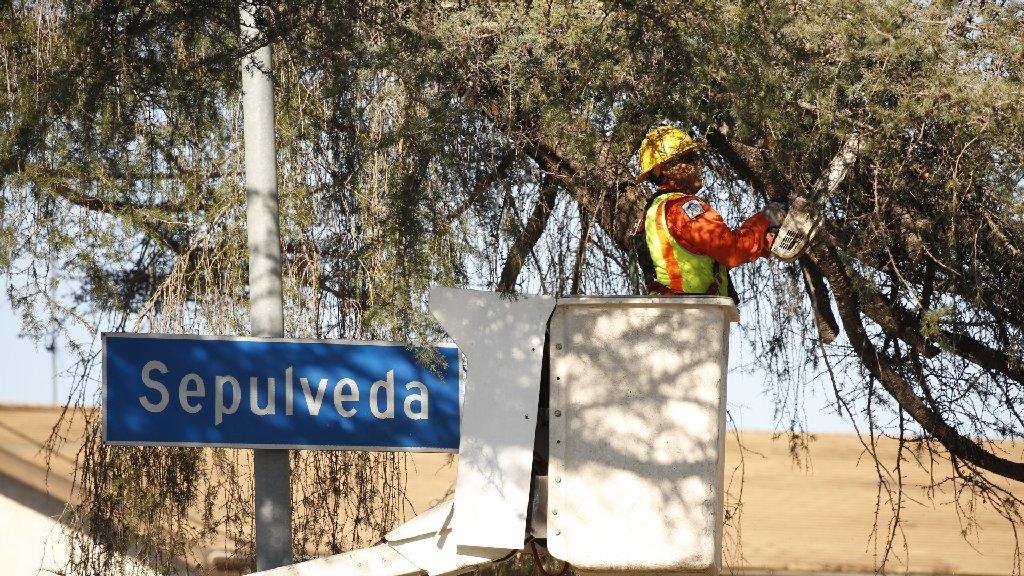Researchers Reveal a Simple Plan to Combat Public Sex Work
By:
Looking to curb sex work in Los Angeles, two researchers at California State University Northridge conducted a study that they think shows simple urban planning techniques could reclaim a heavily trafficked area of the city from those who walk the streets at night.
But does it actually work, or would the city just be shifting a problem from one area to another?

Last week, professors Henrik Minassians and David Lopez announced the findings of their two studies. Working with students, they tracked and recorded the movement patterns of both sex workers and their customers in a stretch of the San Fernando Valley rife with abandoned parking lots, cheap motels, dark allies, overgrown foliage, and buildings left unlit at night.
The results are a research paper touting what they call "CPTED: Crime Prevention Through Environmental Detractors."
 Redfin - redfin.com
Redfin - redfin.com
CPTED relies on simple, inexpensive ways to make an environment less attractive to sex work. It includes adding street lights to dark stretches of road or parking lots, adding parking restrictions, cutting back trees and shrubs that obscure open areas, and adding subtle barriers to open spaces to make them less accessible during off hours.
"What we argue is that [prevention of] situational crime should become an integrated part of the planning for any built environment," Minnassians told ATTN:. Another part of the plan he advocates is increased public engagement through Neighborhood Watch programs and reaching out to non-English speaking residents.
"We would like to see strategies that can create adaptive and resilient communities," Minnassians said. "That includes tree trimming and adding lights, but also getting more community engagement and participation. This is the way to solve these problems."
 Al Seib/Los Angeles Times - latimes.com
Al Seib/Los Angeles Times - latimes.com
The area of LA he studied has been frequented by sex workers and their clients for decades, and has more recently become a hub for trafficking underage girls. In recent months, police have ramped up efforts to crack down on prostitution in the area, engaging in stings that have resulted in over 500 arrests and the rescue of 10 trafficking victims.
But the sheer volume of johns arrested indicates that something else need to be done, with an LAPD deputy chief telling the Los Angeles Times that police can't simply "arrest their way out of the problem."
Local lawmakers agree, with Los Angeles Councilwoman Nury Martinez announcing at the public unveiling of the study that she has launched a $780,000 program aimed at reducing public sex in 40 locations on Sepulveda Boulevard in the San Fernando Valley.
City workers have already begun improvements on the heavily trafficked stretch of Sepulveda Boulevard that the study cites, cutting back on overgrown trees and installing more light poles.
But advocacy groups believe the changes, while valuable, will do little to better the lives of sex workers.
Danny Cruz of the Sex Workers Outreach Project told ATTN: he's concerned that making sex work more difficult in one area will only shift it elsewhere. "Sex workers and trafficking victims will both be pushed to less well-lit areas," Cruz said. "Neither arrest nor landscaping does anything to better the life of the person who is using the street to exchange sex for money."
Minassians acknowledged that civic improvements to deter prostitution in one area are not a long-term, holistic solution.
If "we can decrease the prevalence of these activities in one neighborhood," he argued, "it is better than the status quo." Still, "Solving prostitution requires much larger effort and resources from various stakeholders."
